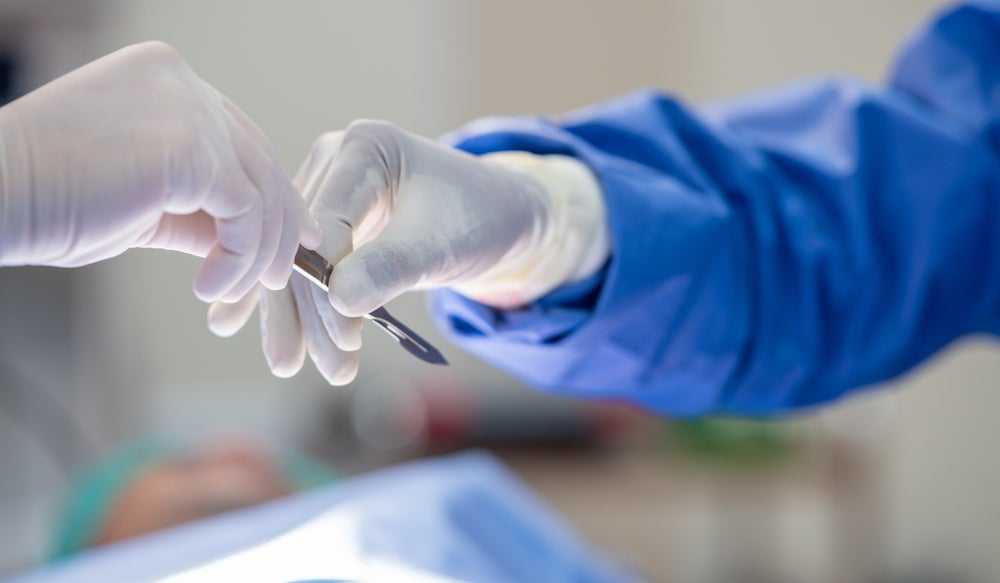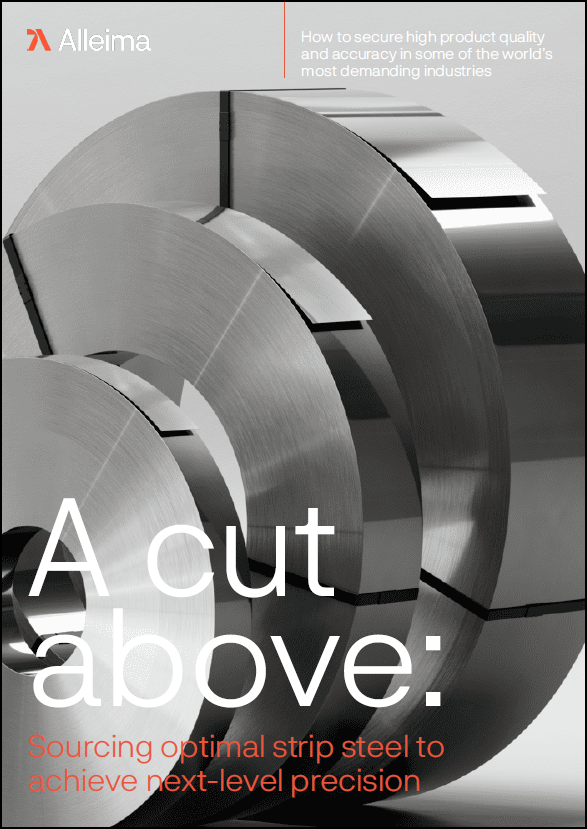
In histology and pathology labs around the world, microtome blades perform the meticulous work of slicing biological samples into ultra-thin sections. These slices, often between two and five microns thick, are integral for accurate analysis and diagnosis, particularly in cancer research and tissue disease studies. The design and, most crucially, its material composition have a direct impact on its performance and lifespan.
Stainless steel is a primary choice for microtome blades, as it offers an optimal balance of sharpness, corrosion resistance, and wear resistance. This balance is essential; achieving the fine microstructure needed for a durable and precise edge can only be accomplished through meticulous selection and treatment of materials.
The science behind microtome blade materials
Alleima, experts in stainless steel across a wide range of industries, including medical devices, recommends its martensitic stainless steel for precision blades, such as those used for microtomes. Alleima 13C26 can be hardened into martensite crystal structure through heat treatment to give it the perfect edge that microtome applications require.
Jane Chen, product specialist at Alleima, explains: “The fine microstructure is key to achieving both sharpness and toughness. 13C26 provides a stable, precise edge due to its combination of hardness and corrosion resistance, making it ideal for sensitive biological applications. Also the cleanliness of our material regarding non-metallic inclusions are of major importance for the application” This stability is crucial when it comes to producing consistent results, as even minor deviations in blade sharpness or durability can compromise the integrity of tissue samples.
There are also other materials like diamond blades that can provide the necessary resilience for these challenging tasks, although they are much more expensive. However, Chen notes that “stainless steel meets most diagnostic needs effectively and affordably, whereas harder materials are reserved for the most demanding cases.” Using the right material for each specific application minimises costs and maximises performance, allowing labs to choose materials based on both the type of tissue and the required slice thickness.
Precision and durability: what’s at stake?
In medical diagnostics, the stakes are particularly high. Microtome blades are often used to prepare tissue samples for biopsies, cancer screenings, and disease detection. Here, a single misstep could mean the difference between an accurate diagnosis and a repeat procedure. An unreliable blade that dulls quickly or has inconsistencies in sharpness can lead to thicker or uneven slices, making samples unusable for detailed examination.
Chen highlights that “the material’s wear resistance and durability mean the blade can reliably make hundreds of slices per sample. A blade may need to make as many as 500 cuts to complete a single tissue sample, and any degradation during this process could force technicians to start over.” In these cases, a blade’s longevity is not just a question of efficiency but of clinical relevance, ensuring accurate outcomes and sparing patients unnecessary biopsies.
The requirements for tissue samples can vary, particularly as some specimens are softer while others are hard or fibrous, demanding further adaptability in blade configuration. While Alleima offers 13C26 as the standard material for microtome blades, Chen points out that customisation options, such as blade thickness and angle adjustments, are available to suit diverse tissue types. “The angle of the blade can affect cutting performance, with different configurations optimised for varying tissue densities,” she explains.
Future innovations in microtome blade materials
Material science continues to evolve, and new developments promise to enhance microtome blade performance even further. One major focus for Alleima and its partners lies in advancing hardness levels without compromising toughness or microstructural stability. Higher hardness is particularly beneficial for achieving ultra-thin, precise slices, but balancing this with resistance to chipping or brittleness remains a technical challenge.
Ongoing material trials aim to push the limits of hardness in a way that preserves the qualities needed for reliable tissue sectioning. These advances could further reduce the frequency of blade replacements, potentially lowering costs for labs and hospitals while improving patient outcomes through consistent, high-quality sample preparation.
As medical diagnostics and research grow more sophisticated, so too do the tools that support these fields. Microtome blades, while often overlooked, play an essential role in ensuring that every tissue sample is prepared with precision and care. By leveraging advanced materials and sustainable practices, companies like Alleima are setting new standards for reliability and efficiency. The choice of material is not a trivial decision; it’s a pivotal factor in the pursuit of accuracy, sustainability, and patient safety.
To find out more about Alleima’s expertise in medical-grade stainless steel, download the whitepaper below.




